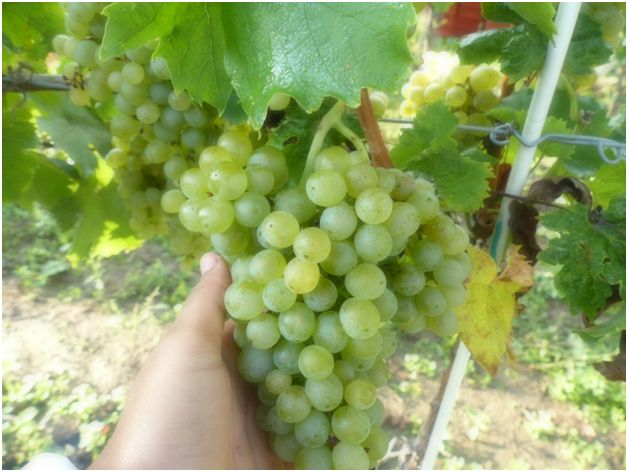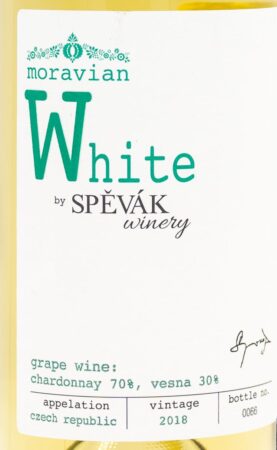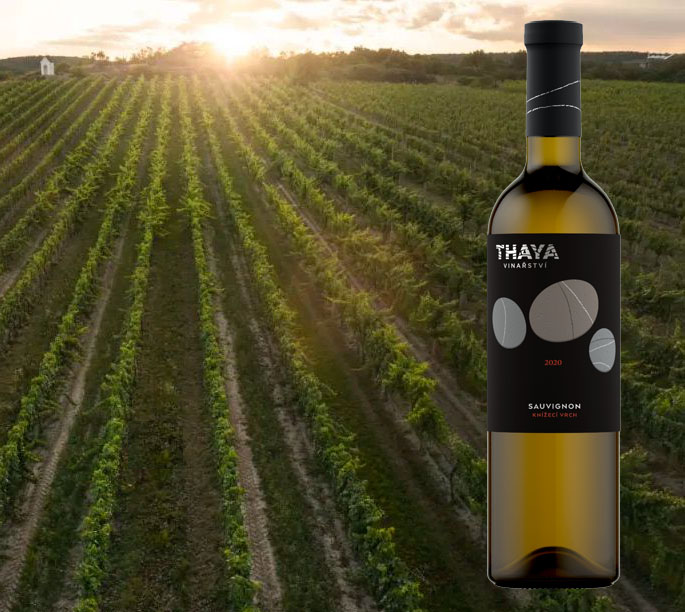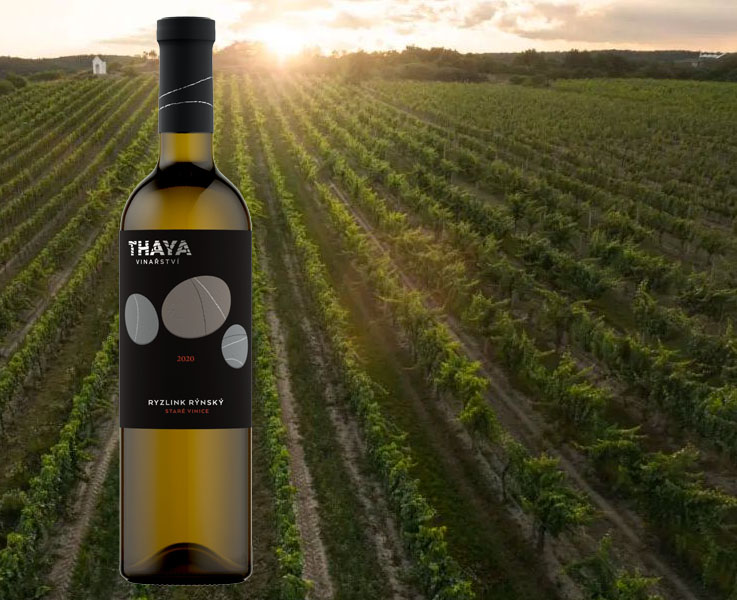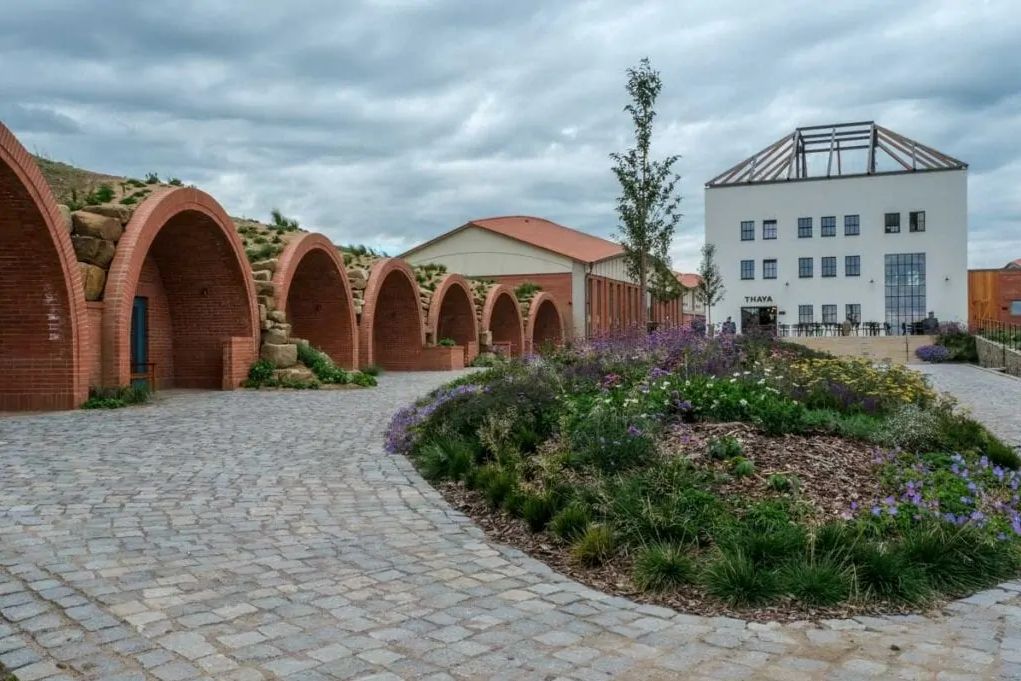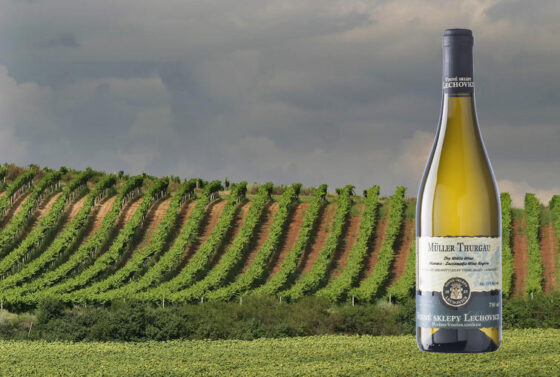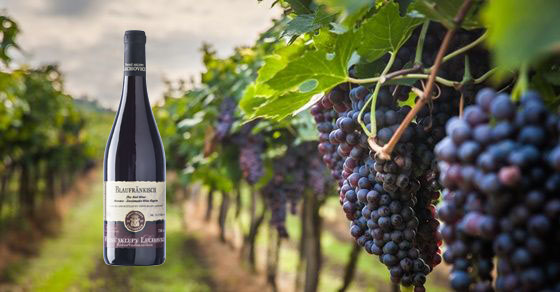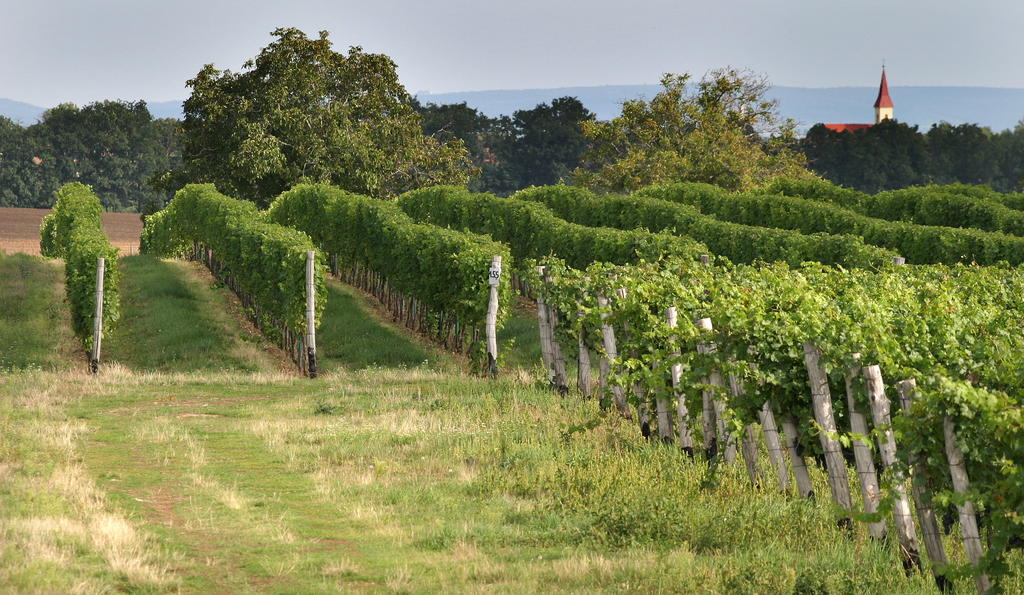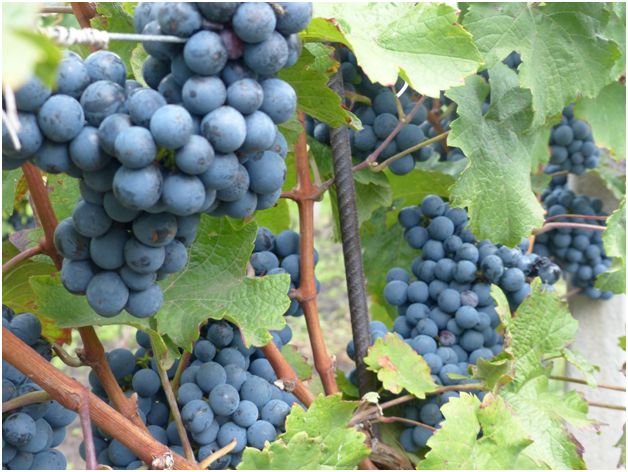By Veronika Wills
I bet that if you are looking at the description of Moravian White Chardonnay and Vesna you start pondering many questions: Is this Chardonnay different from all the others on the shelves? How? And why is this Chardonnay blended? And what on earth is Vesna? All is totally valid. And all will be answered in this article.
But first, let's start with the birth story of this Moravian White. Frantisek Spevak has always been an adventurous traveler, though, for many years, he remained tied to the Central European soil. Primarily because of building the family winery, which he felt compelled to give his entire time, including his vacation. Life in the vineyards and winery never stops. However, he did make one exception and along with Maruska, his devoted wife visited his family on Cape Cod, Massachusetts. As a true winemaker, he continues to work even while on vacation and delivered many guided wine tastings for his friends and family, using a range of various styles and types of wines. While at that, he quietly took mental notes of what the typical American consumer tends to gravitate towards. Then back in his winery, Frantisek curated a small batch size of this Moravian White, which has since become a flagship wine of the Moravian Series wines by Spevak Winery. My fellow Americans, this wine was made for you!
My fellow Americans, this wine was made for you!
Chardonnay is the one grape variety that is grown literally in every wine-making country around the world, and naturally, it will come in unique styles and forms. We find it most interesting when Chardonnay reflects truly its terroir and typical technology of the region. Chardonnay also provides a unique opportunity to work with. It is considered a neutral grape variety, along with the whites of the Pinot family. It has a fairly neutral aroma (from green apples, citrusy to tropical fruits), medium acidity, and a medium body. From here, the winemaker chooses to produce Chardonnays in such a wide variety of styles.
Chardonnay reflects truly its terroir and typical technology of the region.
Frantisek was among the first winegrowers who planted Chardonnay vines in the Czech Republic in the early 1990s. He chose a prime location, atop an extinct mud volcano in Slovacko, a subregion of Moravia.
He thinks of Chardonnay as a blank canvas. Frantisek refrains from oxidation-based wine-making processes in the winery. His philosophy is based on clean and healthy grapes, hand-picked, immediately processed (thus preventing uncontrolled spontaneous fermentation processes), gentle processing in the winery under reductive conditions followed by fermentation of the juice under well-controlled conditions (cool temperatures, stainless steel, enclosed tanks).
All of this collectively allows for the concentration of the primary extract in the wine while controlling the development of fermentation by-products. Following clarification, Frantisek skips lees contact as well as malolactic fermentation (conversion of the more tart malic acid into a rounder lactic acid) which leaves the Chardonnay with its natural acidity without the secondary character. He also does not utilize oak barrels for the aging of the wine. So this leaves Chardonnay (as well as all of his other whites and roses) reflecting the natural character of the grapes.
The presence of oxygen in the process oxidizes the polyphenol and other aromatic compounds into more complex structures which create the sought-after complexity in the Chardonnays but which are also spontaneous and thus hard to control. Spevak white wines speak the language of the grape, not the winery. It may be a welcome change for some.
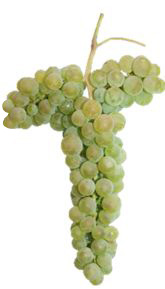
Frantisek has chosen to introduce his Chardonnay to the US market due to the familiarity with this type of wine. But it would not be him if there was not a twist to it. Vesna is the twist. So what is Vesna and what does it bring to the Moravian White?
So what is Vesna and what does it bring to this Moravian White?
Vesna is a new vine bred directly in Moravia thus a breed from the Moravian climate. It has a fairly complex parentage (Rakis x Merlan) including Vitis amurensis. It was officially recognized in the state registry of vines in 2012. Vesna is a Slavic alternative word for spring. It is low-yielding, reaching full sugar and phenolic ripeness later in the season, however, the improved resistance to fungal pressures in the vineyards allows for natural protection of these grapes (which is a common denominator for many of Frantisek’s vine choices). When reductively processed into varietal wines, Vesna offers broad floral and honey-like aromas, underscored by a full body and a long finish.
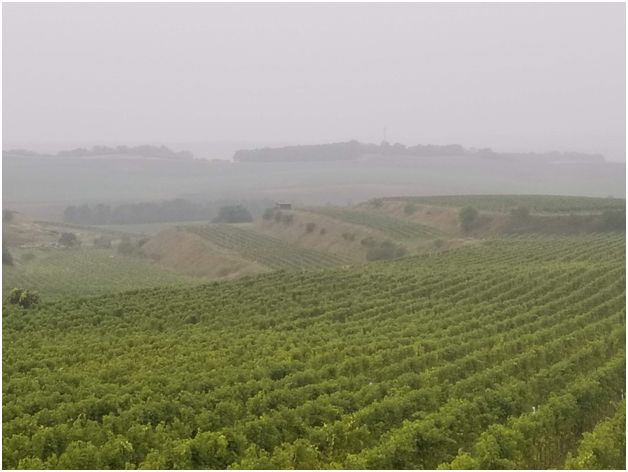
Moravian countryside with Vesna groves.
In this Moravian White, Vesna was chosen to elevate the neutral primary aroma of Chardonnay, while still keeping it fresh and clean.
The resulting wine is stunning – a compromise for the lover of Chards with enough innovation to show that there is a different path for Chardonnays as well. This off-dry wine, with medium alcohol, medium acid, and full-body will wake up your taste buds to fresh flavors of lime and lime zest so typical for Chardonnays, yet here combined with a pleasant floral aroma and extended finish thanks to Vesna. A perfect combination for any day. Limited batch size.
Na zdravi!
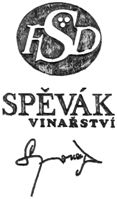
Technical data: 13.5% ABV, acidity 6.2 g/L, residual sugar 16.2 g/L



